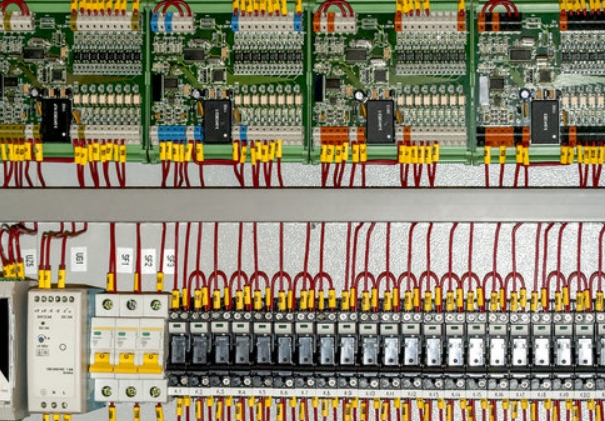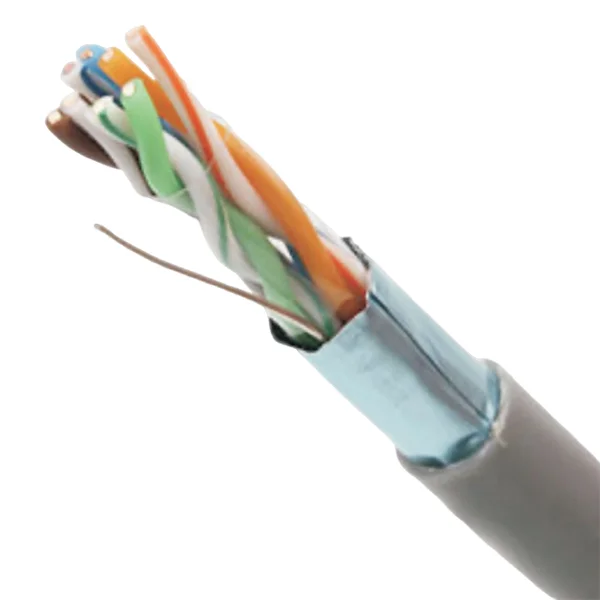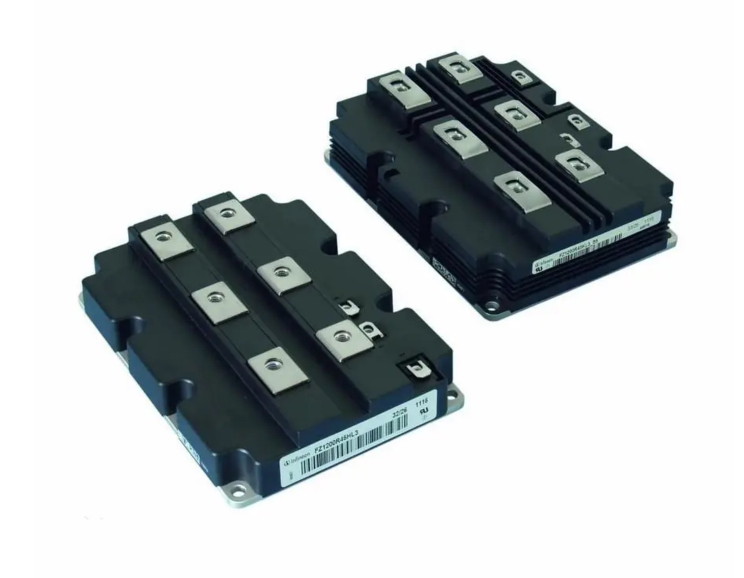Unleashing the Power of Overload Relays: Safeguarding Electrical Systems

In the realm of electrical systems, ensuring safety and preventing damage is of paramount importance. One crucial component that plays a vital role in this regard is the overload relay. In this blog post, we will delve into the intricacies of overload relays, exploring their purpose, functionality, and significance in safeguarding electrical systems.
- Understanding Overload Relays:
An overload relay is an electrical device designed to protect motors and other electrical equipment from excessive current flow. It acts as a safeguard against overheating, which can lead to equipment failure, downtime, and potential hazards. By monitoring the current drawn by a motor, overload relays can detect abnormal conditions and initiate protective measures. - How Overload Relays Work:
Overload relays operate based on the principle of thermal overload protection. They consist of a heater element, a bimetallic strip, and a set of contacts. When the current exceeds the predetermined threshold, the heater element heats up, causing the bimetallic strip to bend. This bending action triggers the contacts to open, interrupting the circuit and preventing further damage. - Types of Overload Relays:
There are two main types of overload relays: thermal overload relays and electronic overload relays. Thermal overload relays use the bimetallic strip principle described earlier, while electronic overload relays employ solid-state components and advanced algorithms to monitor and protect electrical systems. Each type has its advantages and is suitable for different applications. - Benefits of Overload Relays:
- Preventing Equipment Damage: Overload relays act as a first line of defense, preventing motors and electrical equipment from being damaged due to excessive current flow.
- Enhancing System Reliability: By detecting abnormal conditions and initiating protective measures, overload relays contribute to the overall reliability and longevity of electrical systems.
- Ensuring Personnel Safety: Overheating electrical equipment can pose a significant safety risk. Overload relays help mitigate this risk by preventing overheating and potential hazards.
- Considerations for Overload Relay Selection:
When selecting an overload relay, several factors need to be considered, including the motor's full load current, ambient temperature, and the type of motor being protected. It is crucial to choose the appropriate overload relay to ensure optimal protection and performance.
Conclusion:
Overload relays play a crucial role in safeguarding electrical systems by preventing equipment damage, enhancing system reliability, and ensuring personnel safety. Understanding their purpose, functionality, and benefits is essential for anyone involved in the design, installation, or maintenance of electrical systems. By incorporating overload relays into electrical designs, engineers can unleash the power of protection and ensure the smooth operation of critical equipment.



